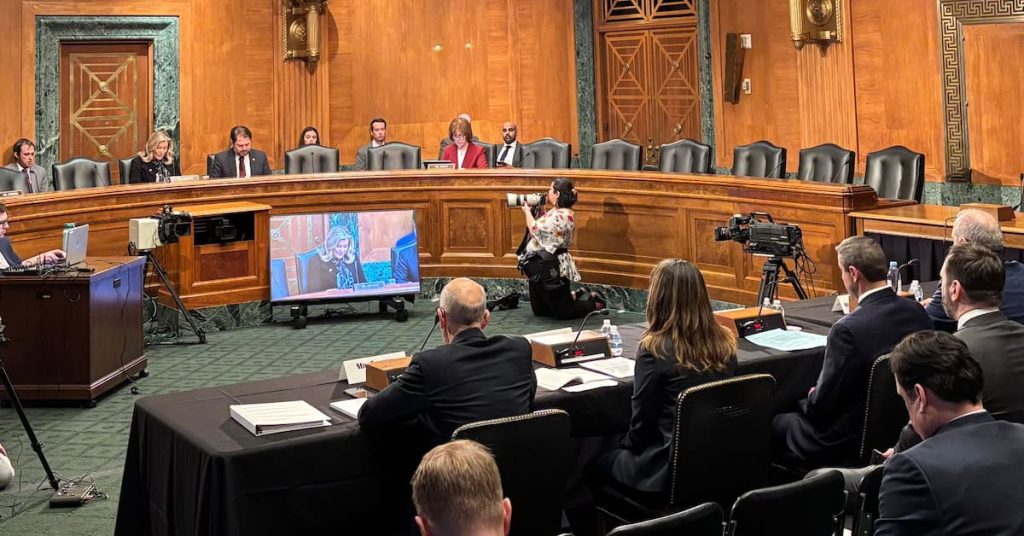US Launches Strategic Bitcoin Reserve to Cement Crypto Leadership
In a groundbreaking move that signals a new era for digital finance, President Donald Trump has officially established a Strategic Bitcoin Reserve. This marks the United States as one of the first nations to hold cryptocurrency as a national reserve asset. Announced in March 2025, the initiative aims to position the US as the “Crypto Capital of the World” by leveraging seized cryptocurrencies and innovative funding strategies without burdening taxpayers.

Building the Nation’s Digital Asset Stockpile
The Strategic Bitcoin Reserve draws its initial funding from Bitcoin already owned by the federal government. These assets come from criminal and civil forfeiture proceedings. As of March 2025, the United States holds approximately 207,000 Bitcoin, valued at around $17 billion. This makes the US the largest known state holder of Bitcoin worldwide. The reserve also includes other major cryptocurrencies such as Ethereum, Solana, Cardano, and Ripple. This diversified digital asset stockpile supports the growing crypto ecosystem.
The initiative stems from an executive order signed by President Trump on March 6, 2025, titled “Establishment of the Strategic Bitcoin Reserve and United States Digital Asset Stockpile.” The order requires federal agencies to provide a full accounting of all cryptocurrency holdings within 30 days. It centralizes oversight under the Department of the Treasury. David Sacks, the White House AI and Crypto Czar, described the reserve as “a digital Fort Knox” – a secure and strategic store of value for the nation’s digital assets.

From Skepticism to Strategic Vision
President Trump’s vision marks a dramatic shift from his earlier skepticism of Bitcoin, which he once called “seems like a scam.” Now, he champions the asset as a cornerstone of American financial leadership. The administration’s approach is both symbolic and practical. It seeks to build a substantial crypto reserve without increasing the federal budget deficit or imposing new taxes.
Innovative Budget-Neutral Funding Methods
To keep the reserve budget-neutral, the administration explores creative funding mechanisms. One key strategy involves revaluing Treasury gold certificates, which currently reflect an outdated price of about $42.22 per ounce. By adjusting these certificates to reflect the current market value of gold, trading near $3,000 per ounce, the Treasury could unlock hundreds of billions of dollars in liquidity. This move would allow the government to acquire Bitcoin without selling physical gold or increasing national debt. It effectively converts unrealized gold value into digital assets.
Bo Hines, executive director of the President’s Council of Advisers on Digital Assets, emphasized the administration’s goal to “accumulate as much Bitcoin as possible” through such innovative, budget-neutral means. Additionally, Bitcoin seized through law enforcement asset forfeiture serves as initial capital for the reserve, reinforcing the principle of no incremental taxpayer cost.
Tariffs as a Funding Source
The administration also considers using tariff revenues collected under the “America First” trade policies to fund Bitcoin purchases. This approach channels funds from tariffs directly into the Strategic Bitcoin Reserve, further protecting taxpayers from financial impact. The move aligns with Trump’s broader economic agenda while advancing the United States’ digital asset ambitions.
However, this plan has sparked mixed reactions. Some economists warn that linking Bitcoin acquisition to tariffs could raise costs for domestic Bitcoin mining operations. This is especially true if tariffs increase prices for imported mining equipment. Others question Bitcoin’s volatility compared to traditional reserve assets like gold. Yet, supporters argue the reserve could diversify national assets and provide a hedge against inflation and currency devaluation.
Legislative Support and Regulatory Changes
Congressional support is also growing. Senator Cynthia Lummis introduced the BITCOIN Act of 2025, co-sponsored by several senators. The bill proposes purchasing up to one million Bitcoin over five years through diversified federal funds. Lummis called this legislation a way to “transform the president’s visionary executive action into enduring law,” signaling growing bipartisan interest in national crypto strategy.

The Strategic Bitcoin Reserve’s launch coincides with regulatory changes easing banks’ engagement with cryptocurrencies. Federal banking regulators, including the Office of the Comptroller of the Currency (OCC) and the Federal Deposit Insurance Corporation (FDIC), recently announced that banks no longer require advance permission to handle crypto assets. This change further integrates digital currencies into the mainstream financial system.
Looking Ahead: A New Era for US Financial Strategy
The administration’s Presidential Working Group on Digital Asset Markets, chaired by David Sacks, will deliver recommendations on expanding the reserve and managing digital assets by mid-2025. The White House recently hosted a “Digital Asset Summit,” bringing together leaders from major American crypto companies such as Gemini, Robinhood, Kraken, MicroStrategy, Coinbase, and Paradigm. They discussed the future of crypto in the US.
This strategic pivot toward cryptocurrency reserves reflects a global trend. Governments worldwide seek to harness digital assets for economic and national security purposes. While challenges remain, ranging from market volatility to legal and regulatory hurdles, the United States’ bold move places it at the forefront of the emerging digital financial landscape.
As the Strategic Bitcoin Reserve takes shape, investors, policymakers, and the global crypto community will watch closely. Whether this initiative solidifies America’s role as a crypto superpower remains to be seen. However, it undeniably marks a historic moment in the evolution of national financial strategy.

